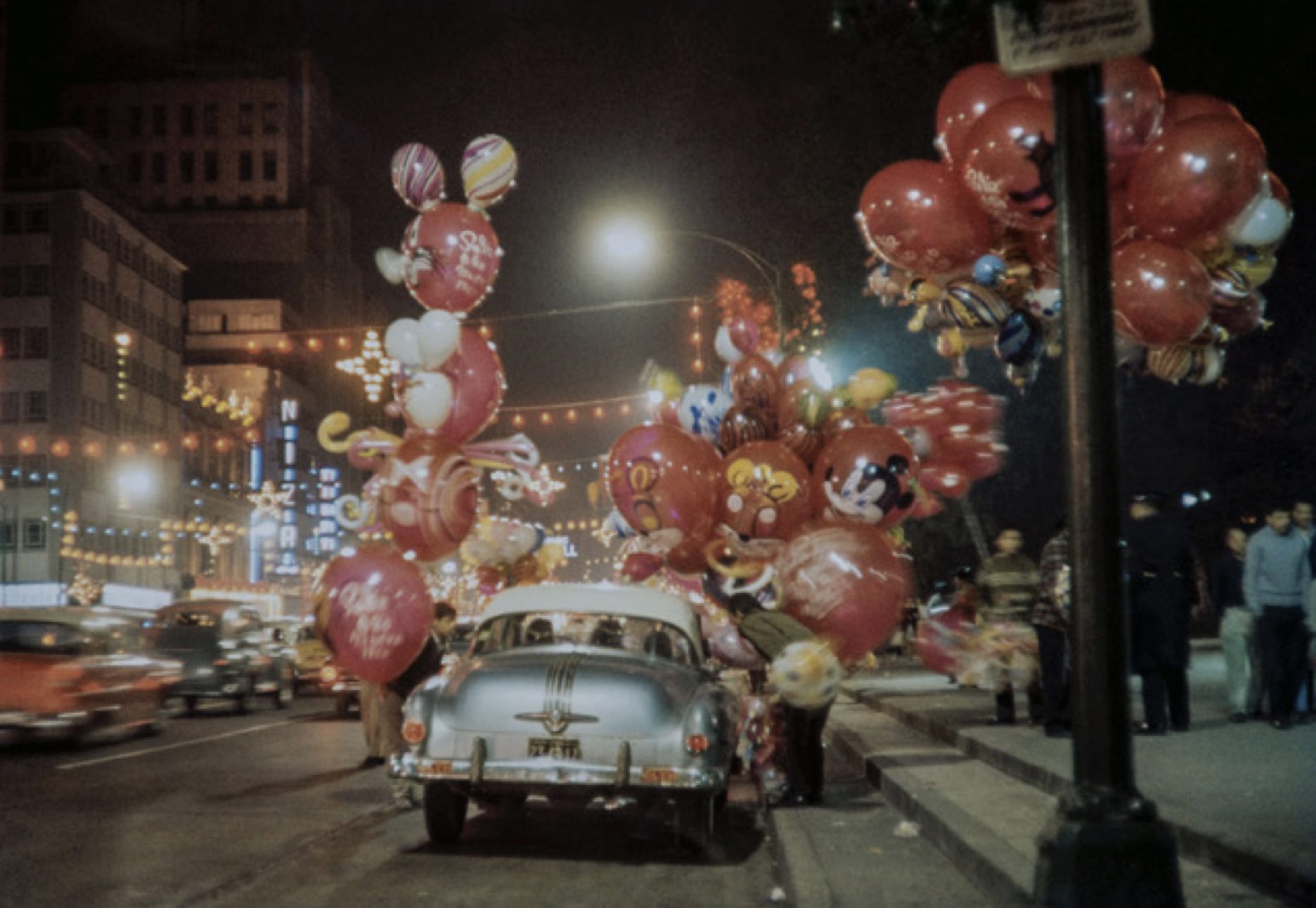
Bob Schalkwijk
DF-60s
Exhibition
-> Feb 7 2023 – Mar 20 2023
Almanaque-fotográfica presents the individual exhibition Bob Schalkwijk: DF-60s.
The show includes work for sale by artist and photographer Bob Schalkwijk (Rotterdam, 1933), who this year will celebrate his 90th birthday and more than 70 years of resigning in Mexico, with the curated by Aldo Solano Rojas (Art History, UNAM) in the gallery directed by Arturo Delgado. (A selection of this sample will be presented by Almanaque in Zona Maco 2023, as part of the collective exhibition for sale of work by the Mexican artists Tatiana Parcero and Yvonne Venegas and the Argentine Jorge Miño with bodies of work that show different views of the Mexico City.
In 1959 Bob Schalkwijk (Rotterdam, 1933) arrived in Mexico City, a city that looked very different from ours but at the same time very similar. Continuing the tradition of city photographers, Bob skillfully portrayed how the Mexican capital was transformed in all its aspects to become a great modern capital. This is Mexico City, a series of geological and social layers that come together anachronistically.
This exhibition includes images of Mexico City captured by Schalkwijk from 1959 to 1971, for these years the University City and the Nonoalco-Tlatelolco housing unit already existed –still shining–; The 1968 Olympics had placed our country at the center of world attention, and at the same time old traditions such as religious pilgrimages, the Three Kings Day celebration in the Alameda Central, continued in force; the 1985 earthquake was still far in the future. We can also see the birth of new popular expressions within a large city such as polychrome balloons. Mexico City is made of layers, it can be seen in the Mexica stones that support New Spain buildings, in the brand new cars next to Porfirian buildings or in modern murals on houses made of sheet metal; it is seen in its inhabitants, pilgrims, tourists, chilangos and in the very few photographers who have been able to decipher it, one of them is Bob Schalkwijk.
—Aldo Solano Rojas. Dr. in Art History, UNAM.